Compares triglycerides to apolipoprotein B to add context about triglyceride‑rich cholesterol particles.
Securely stored in EU
Cancel anytime
Test 100+ biomarkers
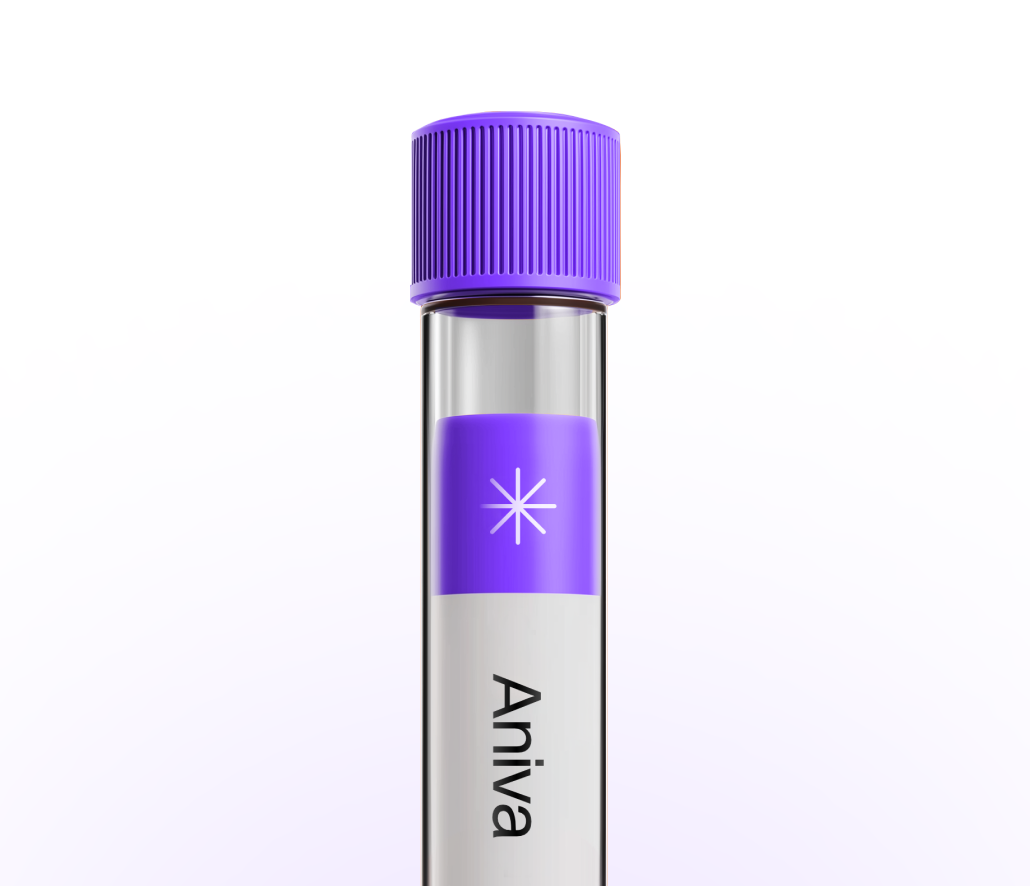
Less than 5 minutes waiting time. One
simple test at one of our 20+ locations.
Get your lab reports within one week.
Accessible on our app and per PDF.
All your health records stored
in a single, convenient place.

Some clinicians use this add‑on ratio to bring extra nuance to a lipid profile. It may help when triglycerides are raised, insulin resistance is suspected, or apoB is borderline. Tracking the trend can show how diet, alcohol, exercise, or medicines are affecting your lipids. You can test this marker with Aniva across Germany and Finland.
Some clinicians use this add‑on ratio to bring extra nuance to a lipid profile. It may help when triglycerides are raised, insulin resistance is suspected, or apoB is borderline. Tracking the trend can show how diet, alcohol, exercise, or medicines are affecting your lipids. You can test this marker with Aniva across Germany and Finland.
High: Suggests triglyceride‑rich apoB particles and possibly higher remnant burden; often linked with insulin resistance, recent higher‑carb/fat meals, or alcohol.
Low: Suggests fewer triglycerides per particle; often seen with lower triglycerides or lipid‑lowering treatment. If apoB is high despite a low ratio, particle number may still be elevated. Interpret alongside apoB, non‑HDL cholesterol, and triglycerides; this marker is exploratory with no standard cutoffs.
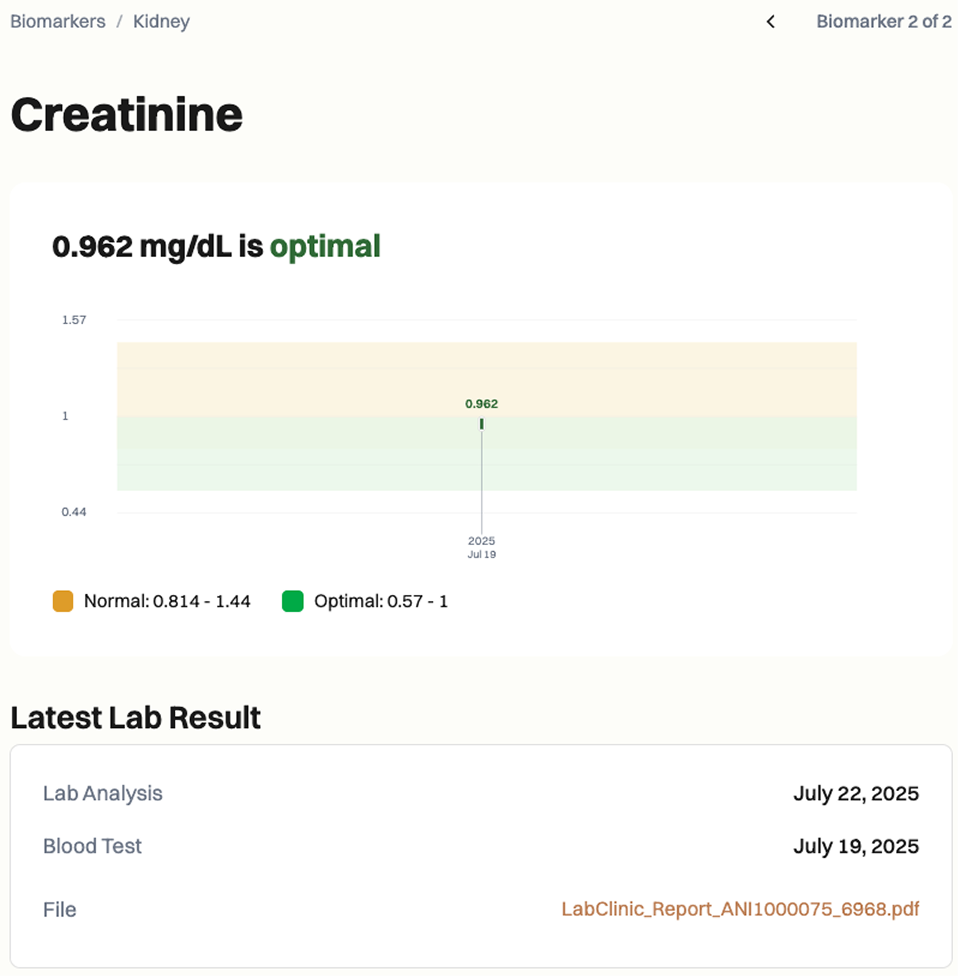
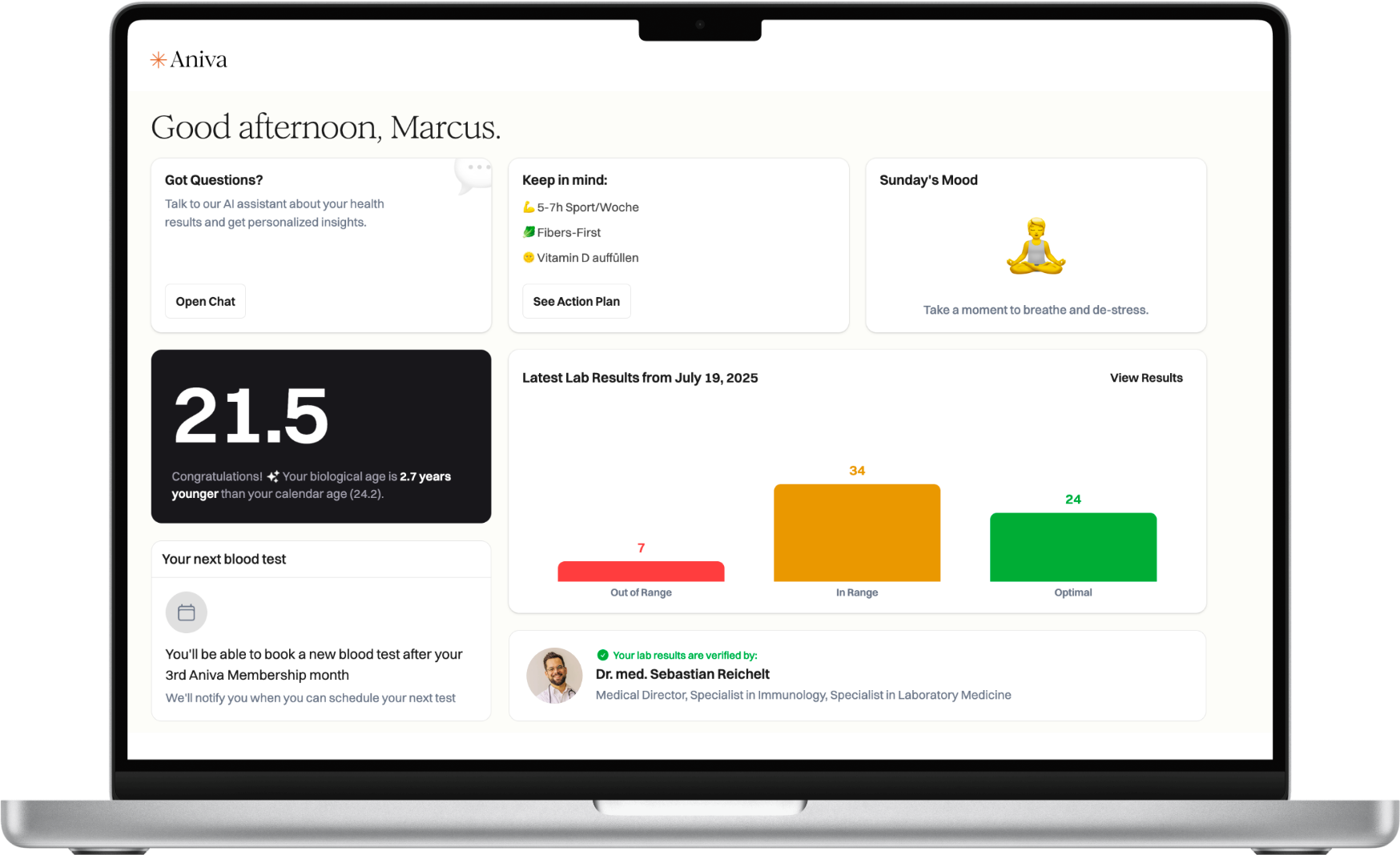
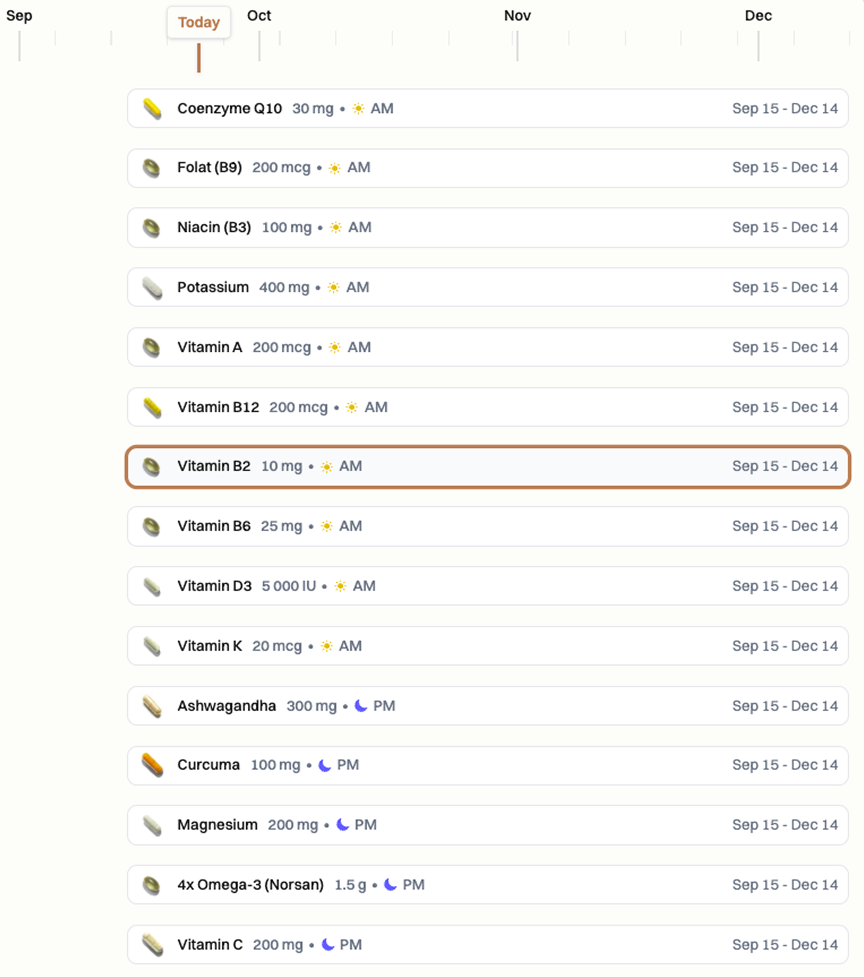
Common factors that may skew results include recent meals (especially sugary or fatty foods), alcohol within 24 hours, intense exercise, dehydration, and acute illness. Medicines and supplements that affect lipids (statins, fibrates, niacin, omega‑3s, estrogen therapy, steroids) can shift the ratio. Pregnancy and major weight changes also influence triglycerides.
Special situations: confirm or adjust timing if you recently changed lipid therapy, had very high triglycerides, were ill, or are pregnant/breastfeeding.
What does this ratio show in plain terms? It estimates how triglyceride‑rich your cholesterol‑carrying particles are, adding context to standard lipid results.
What can make the result go up or down? Meals, alcohol, intense exercise, illness, pregnancy, and lipid‑affecting medicines or supplements can shift the ratio.
Do I need to fast? Fasting is not required. For consistency, test at a similar time of day and avoid heavy meals or alcohol beforehand.
How often should I test it? If you’re changing diet, activity, or medicines, recheck every 3–6 months. Otherwise, review yearly alongside your lipid panel.
How long do results take? Most labs report within 2–5 business days.
What should I discuss with my clinician? Compare the ratio with apoB, non‑HDL cholesterol, and triglycerides, plus your overall heart risk and goals.

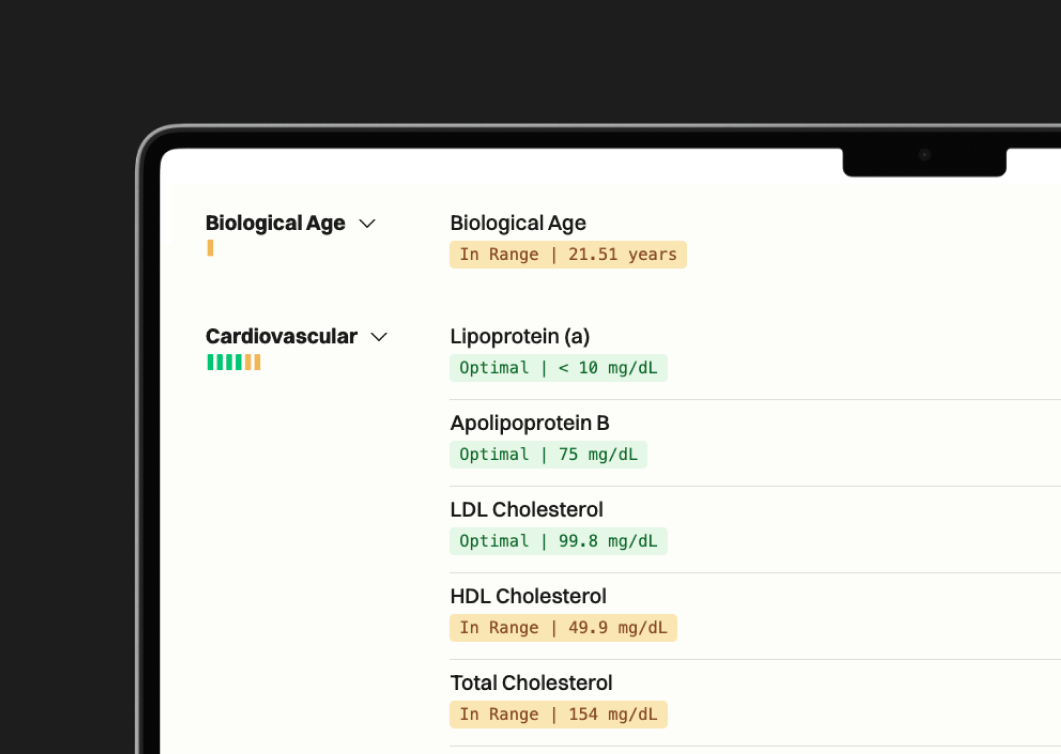

One annual blood test (100+ biomarkers)
Clinician-reviewed insights
Personalized action plan
Access to our AI Concierge
Access to curated products


63%
44%
70%